Chicago’s
Art History
and Future
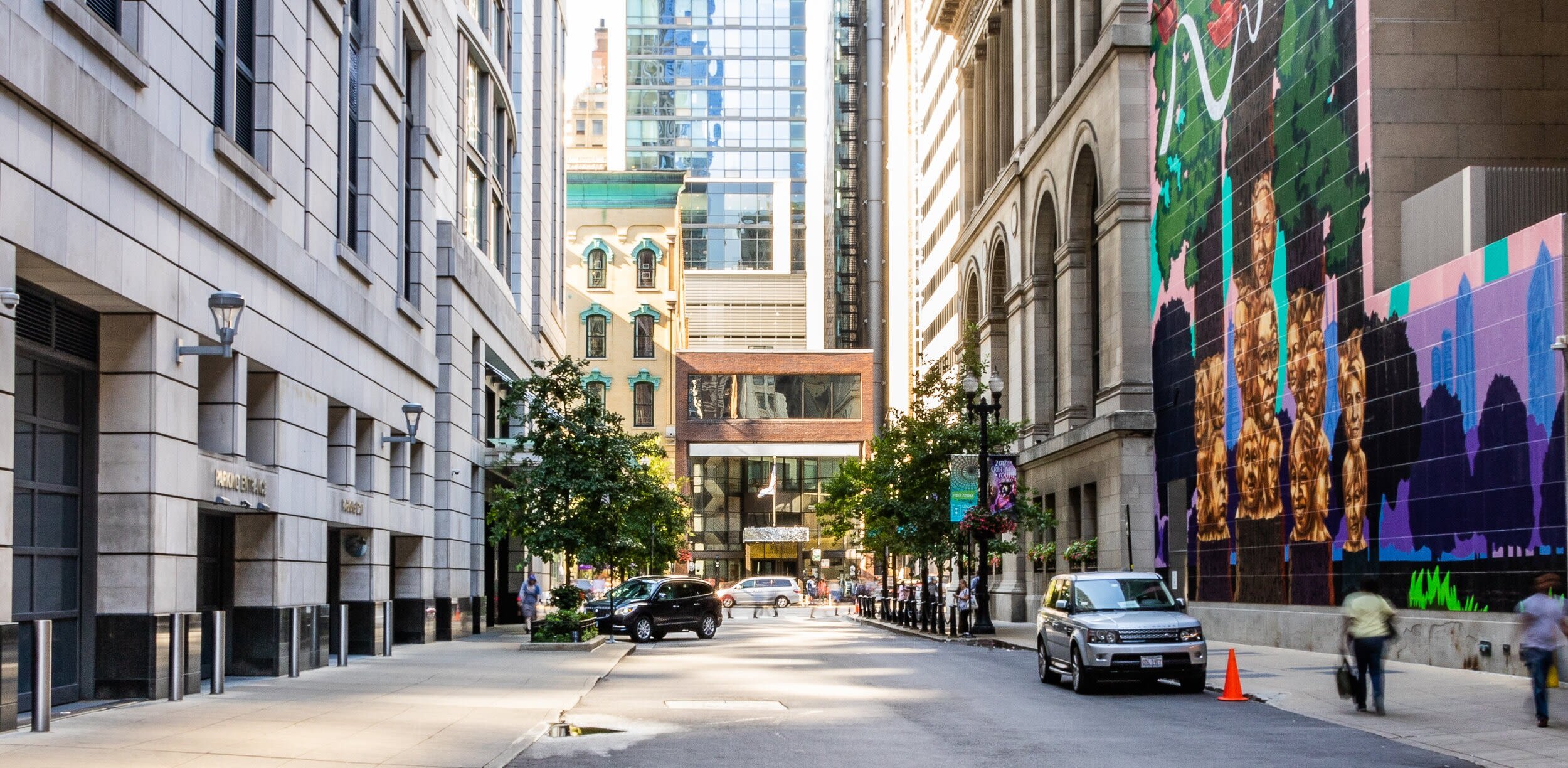
by Rowan Beaird
When people think of Chicago’s cultural landscape, they often conjure the stone steps of the Art Institute museum or the grand stage of the Lyric Opera.
But there are countless institutions dotting the 230 square miles that make up the city. Housed in old manufacturing buildings and army warehouses, converted boarding houses and backyards, these centers of art and culture enrich the lives of all Chicagoans. They’re rooted in the city’s neighborhoods and serve local communities.
Since the School of the Art Institute of Chicago (SAIC) was founded more than 150 years ago, faculty and alums have been the engine behind an overwhelming number of these cultural centers. For decades, they’ve worked to make art and design accessible and ensure Chicago has a rich, supportive arts community. Below, we spotlight five institutions where SAIC community members have made their mark. We look at how they have shaped the history of Chicago and how they’re serving as a guiding light for a brighter, more inclusive future for the city.
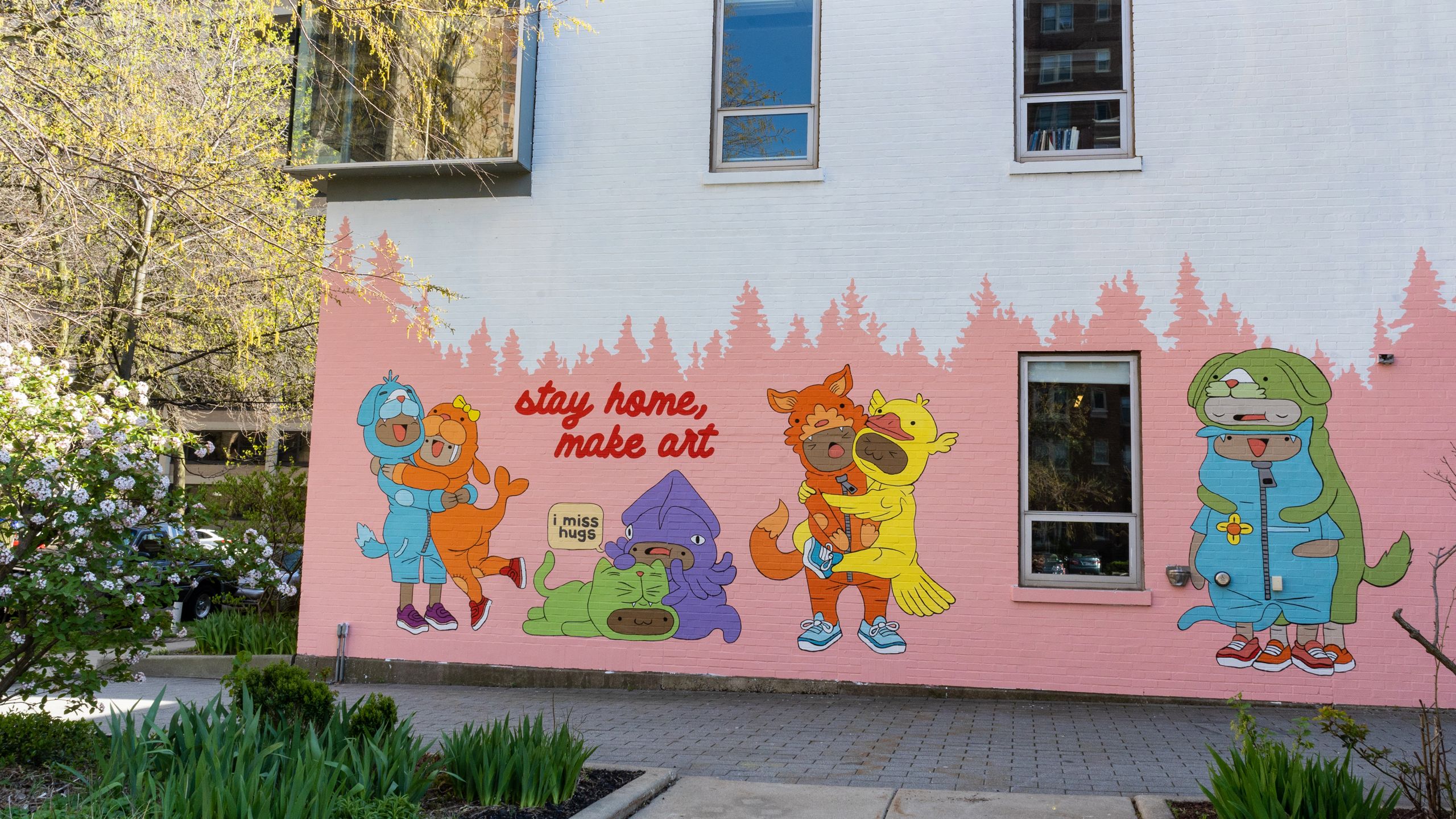
Hyde Park Art Center
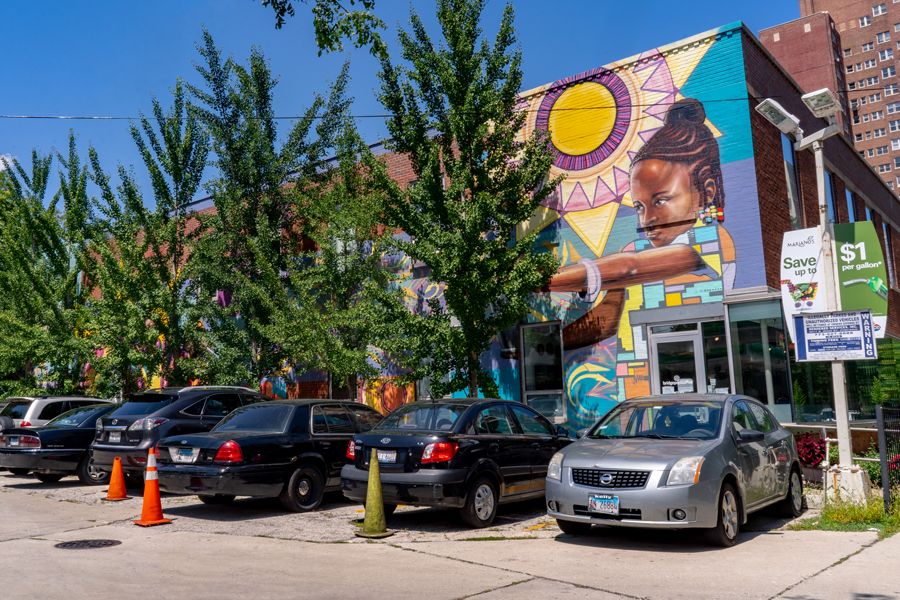
Image courtesy of Hyde Park Art Center
Image courtesy of Hyde Park Art Center
In 1939, a group of volunteers came together to form the Fifth Ward Art Guild. Seven decades and one name change later, Hyde Park Art Center is one of Chicago’s artistic landmarks. Since its inception, SAIC community members have fueled the center’s growth and evolution. When former faculty member and alum Don Baum (SAIC 1942–43) joined the staff in the 1950s as a teacher and curator, he set out to showcase Chicago artists. “My theme from the very beginning was that it was important to show Chicago artists,” Baum said. “Because here were all these artists in Chicago ... and there were almost no opportunities.”
In 2021, Hyde Park Art Center continues to be a hub for local artists. The center offers exhibitions, artists talks, classes, professional development opportunities, and residency programs. Their commitment to Chicago is evident in both the artists they feature—the recent exhibition Artists Run Chicago 2.0 celebrated the work of 50 artist-run spaces and organizations that fuel the city’s independent art scene—and in how they strive to keep their doors open to all residents. When the pandemic forced them to move their programming online this past spring, Hyde Park Art Center made all of their spring programs a contribute-what-you-can fee model.
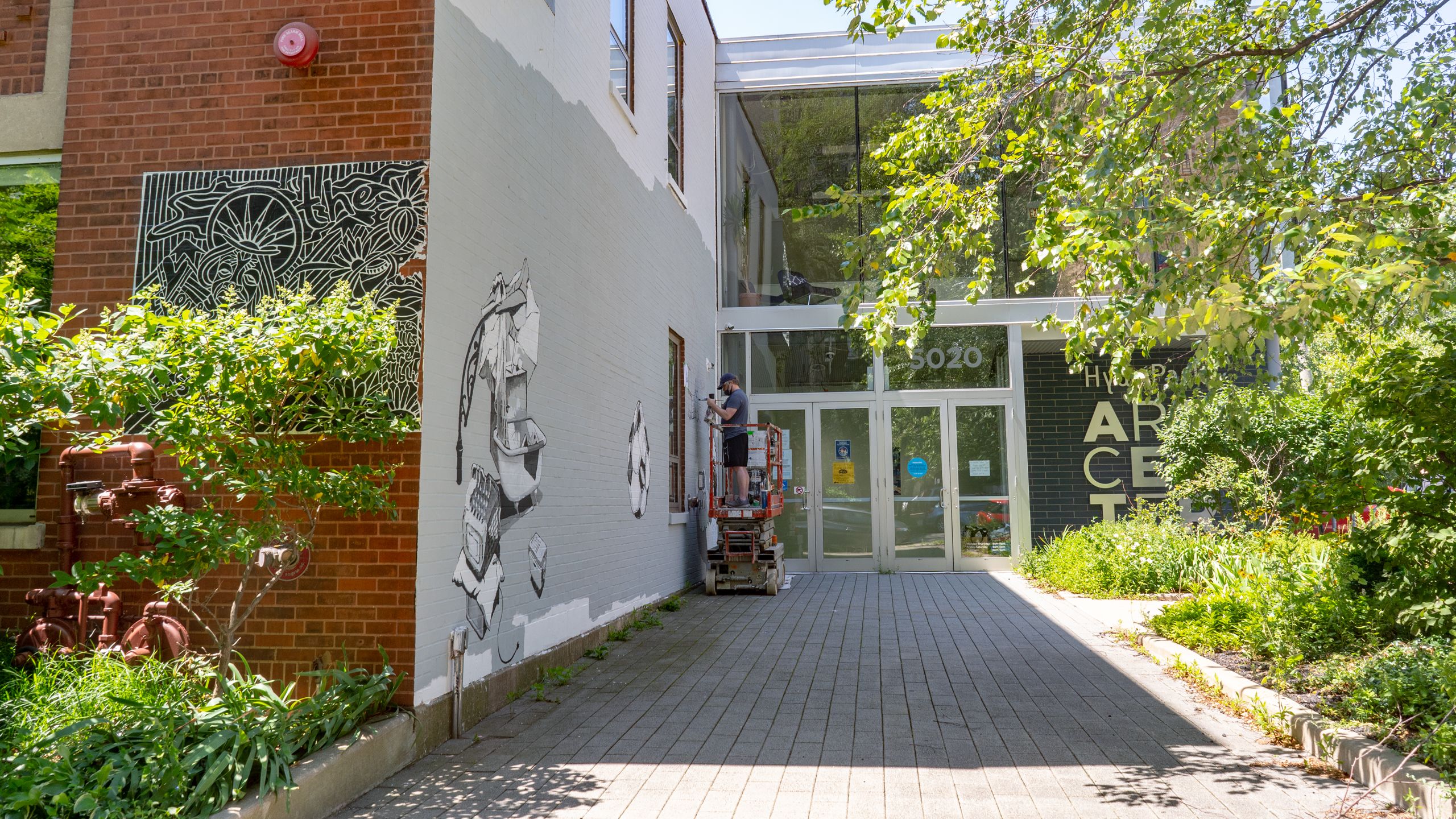
Design Museum of Chicago
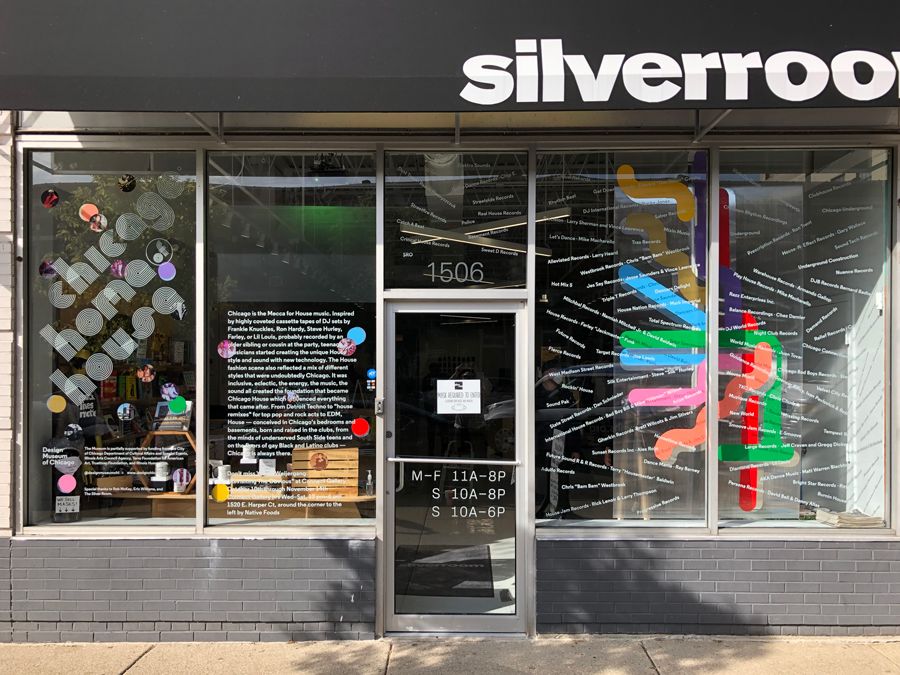
A photo of the Design Museum of Chicago’s Chicago: Home of House exhibition at The Silver Room. Image courtesy of the Design Museum of Chicago
A photo of the Design Museum of Chicago’s Chicago: Home of House exhibition at The Silver Room. Image courtesy of the Design Museum of Chicago
The Design Museum of Chicago celebrates design in all its forms, from architecture to choreography to street art. Founded in 2012 by faculty member Tanner Woodford, the museum began as a series of pop-up exhibitions and now offers year-round programming facilitated by a full-time staff, including Woodford and Lecturer Annie Leue (MFA 2018). The museum seeks to elevate design’s influence in our everyday life, exploring how it can connect communities and create equity. They accomplish this through exhibitions and public programming, all of which are free or low cost.
“Museums are not traditionally accessible or equitable organizations and we are trying to change this by partnering with more designers, artists, and curators from different backgrounds, experiences, neighborhoods, and disciplines to bring more voices to our programming and exhibitions,” Woodford shared.
Though the museum’s work has a global impact, it strives first and foremost to connect with Chicago and center its voices. In 2020, the exhibition Great Ideas of Humanity: Passing the Torch displayed the work of Chicago Public Schools students. The museum also returned to its pop-up roots with a new exhibition in the windows of The Silver Room, giving passersby a safe, socially distant way to experience the beauty of design. “We increasingly see our work as creating platforms which allow others to share stories,” Woodford said. “One of our greatest ambitions is to create an institution with the community, by the community, and for the community."

DuSable Museum of African American History
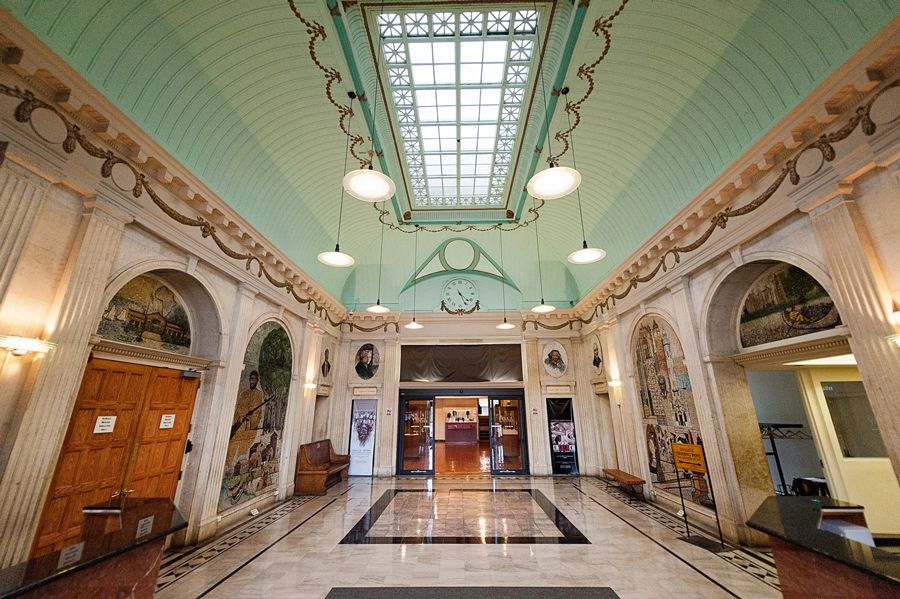
The interior of the DuSable Museum of African American History. Image courtesy of DuSable
The interior of the DuSable Museum of African American History. Image courtesy of DuSable
Founded in 1961 by Dr. Margaret Burroughs (BA 1942, MA 1948, HON 1987) and her husband Charles Gordon Burroughs, the DuSable Museum of African American History was originally housed on the ground floor of their home in Bronzeville. The museum is dedicated to the collection, documentation, preservation, and study of the history and culture of Africans and African Americans. DuSable was one of the first museums devoted to Black history and culture within the US.
In Chicago, the museum is a foundational institution, often acting as a place of refuge within a city that has stymied the growth and progress of the African American community through racist housing policies and police conduct. “We weren’t started by anybody downtown; we were started by ordinary folks,” Burroughs shared.
DuSable uses African American history to help visitors look toward the future. In 2020, it opened the immersive exhibit The March, which used virtual reality to transport visitors to the 1963 March on Washington, a visceral reminder of how far we still have left to go in the fight for racial equity. During the pandemic, they’ve been hosting educational sessions on civics, policing, and more on Zoom, offering free, virtual resources to all Chicagoans.
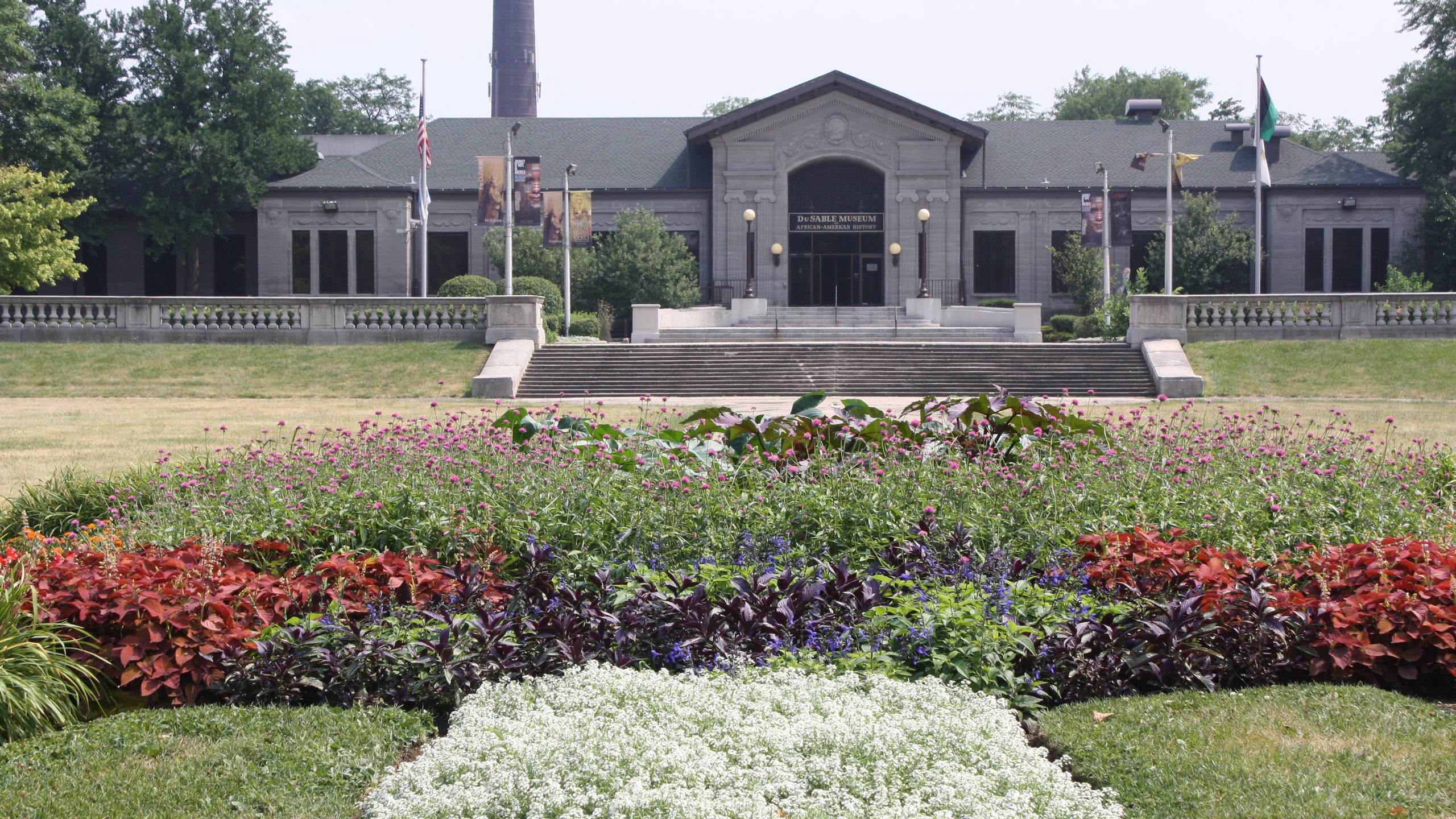
The Franklin
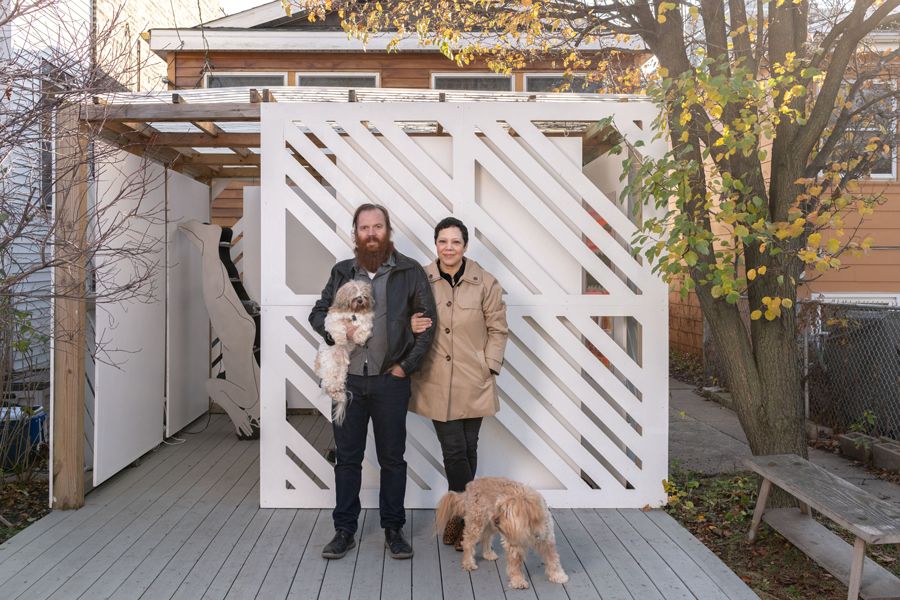
Edra Soto, Dan Sullivan, and their dogs Sol and Foster. Photo by Nathan Keay. Image courtesy of The Franklin
Edra Soto, Dan Sullivan, and their dogs Sol and Foster. Photo by Nathan Keay. Image courtesy of The Franklin
Located in the backyard of Lecturer Edra Soto (MFA 2000) and Dan Sullivan’s home in East Garfield Park, The Franklin is an artist-run project space. It began in 2012 with an installation called Living by Example, where Sullivan and Soto designed and built a shed to house work from their personal collection. The shed has remained, acting as an exhibition space for countless artists’ work over the past eight years. “After graduating from SAIC, I found support in the artist-run community here in Chicago. It was a vibrant and engaging scene that gave me a sense of community and agency,” Soto shared.
As an outdoor venue, The Franklin’s location is essential to its identity and purpose. East Garfield Park is a primarily Black, working-class neighborhood, and because of its low rents many artists have begun to move there. Soto and Sullivan see The Franklin as a way for artists to engage with East Garfield Park residents and build community. As a result, they’ve created a unique space that doesn’t exist within the typical confines of the art world.
Over the past year, The Franklin’s outdoor setting has been an asset. While many museums and galleries were closed, Soto and Sullivan were able to showcase work and give Chicagoans a place to engage with art and design. “I think of The Franklin as a platform for opportunities to connect, to experiment, or to celebrate culture,” Soto said.
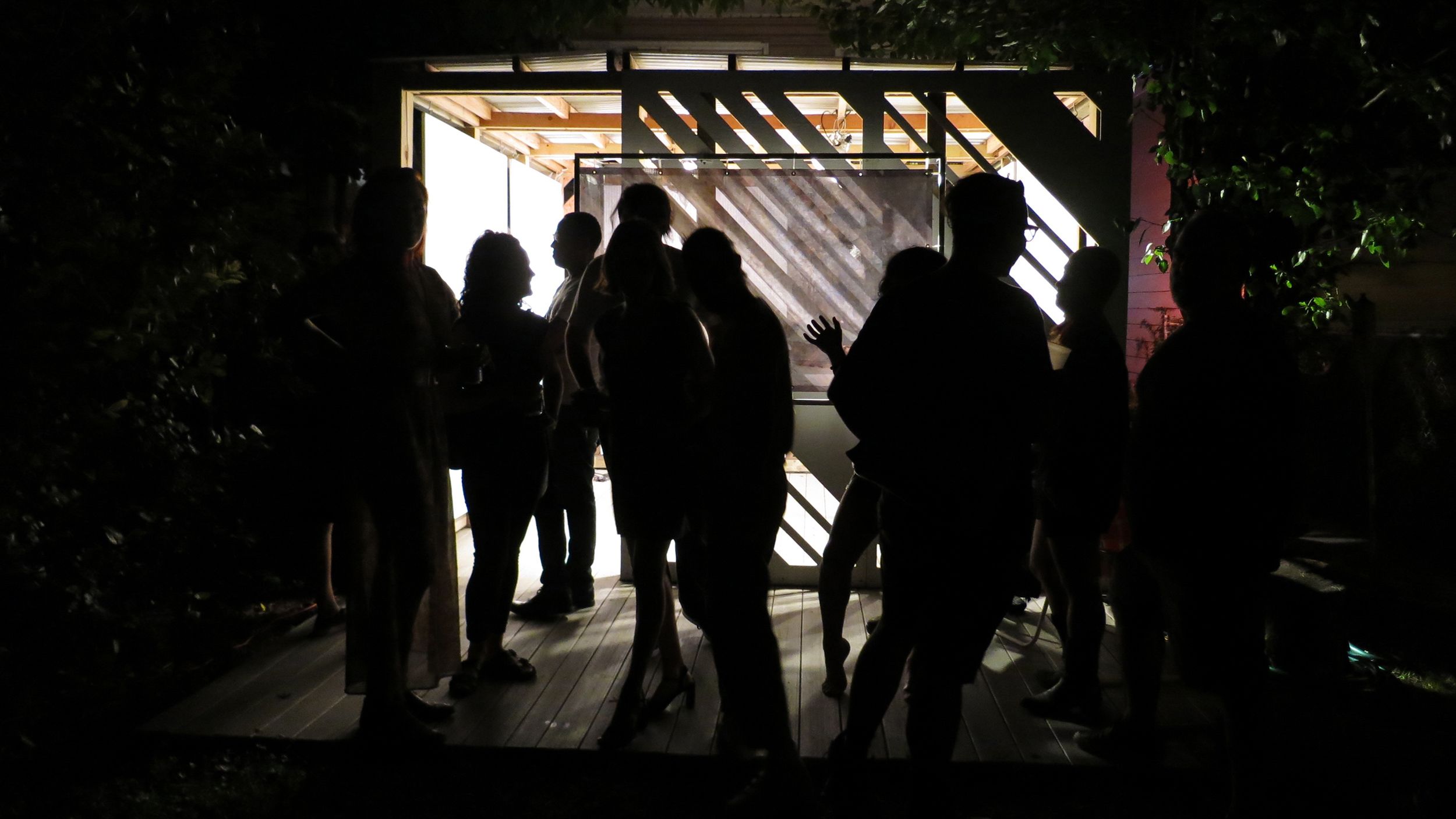
Facility
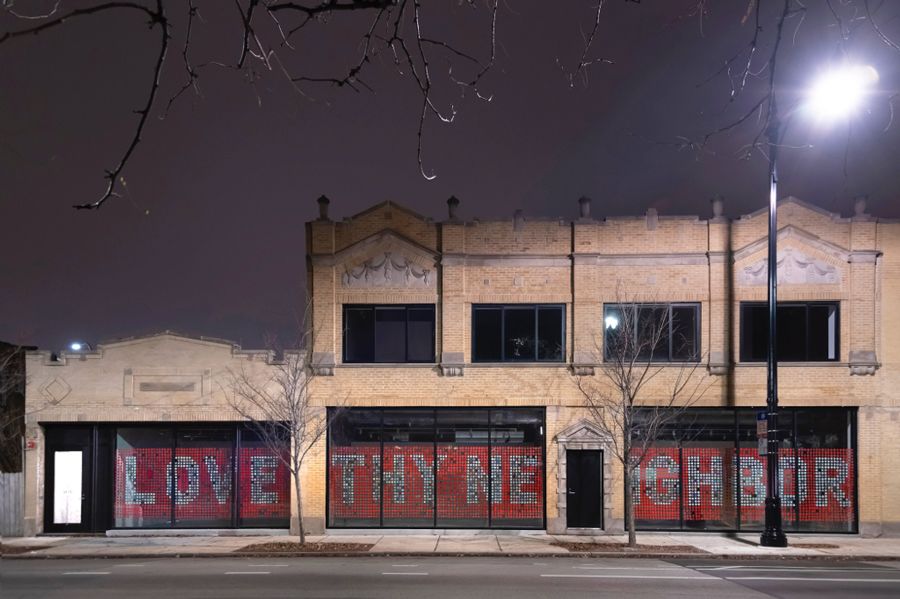
LOVE THY NEIGHBOR at Facility. Image courtesy of Facility
LOVE THY NEIGHBOR at Facility. Image courtesy of Facility
Facility is a difficult space to define. Founded by Stephanie and Bill Sick Professor of Fashion, Body and Garment Nick Cave and his partner Bob Faust, it’s home to their studio, residence, and businesses while also acting as a creative incubator and exhibition space. In its defying of categorization, it encourages artists who use the space not to box themselves into one discipline. “We named the building Facility, which clearly has that connotation to the old art-world Andy Warhol idea, but more importantly calling it Facility, we were talking about its role as facilitating others,” Cave shared with Newcity last year.
The building itself is located in Chicago’s Irving Park neighborhood and stretches across an entire city block. Though Cave’s artwork has an international audience, Facility is deeply rooted in the local community. “Nick’s practice always had community involvement to some degree. And so the whole idea is to use this space as a place of opportunity to these people that you see that are extraordinary that haven’t had the break,” Faust said. Facility frequently collaborates with Schurz High School, which is located right across the street.
During a challenging year for the city, Facility encouraged dialogue and connection. Inspired by Black Lives Matter protests, Facility launched Amends in June 2020, a community-based art project designed to eradicate racism through self-reflection. In the same year, it used its public-facing windows to showcase the work of SAIC’s Master of Design in Fashion, Body and Garment graduates, who were unable to have a thesis show due to the pandemic. In all its efforts, Facility demonstrates art’s ability to bring people together. ■
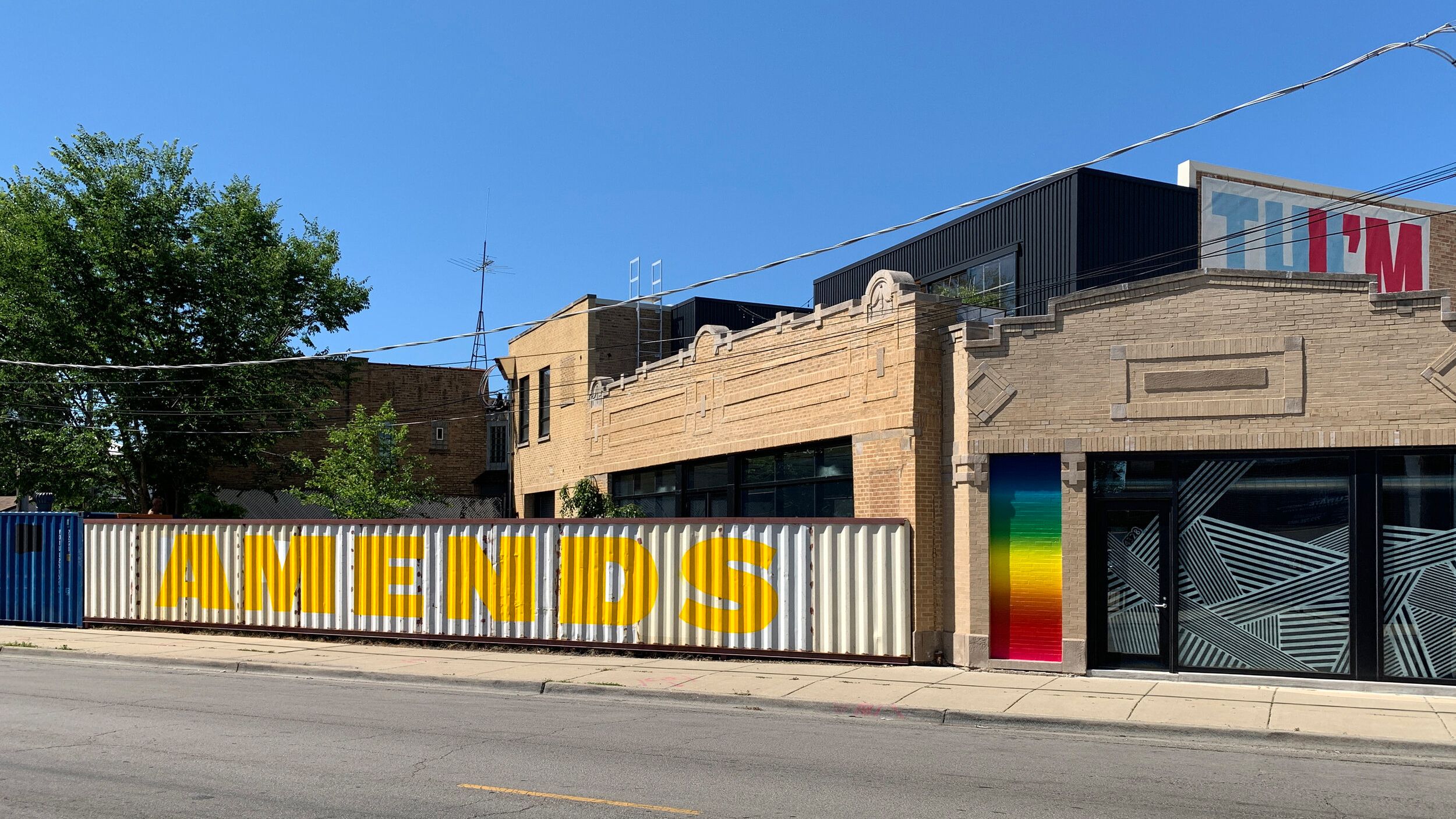
More from the magazine





